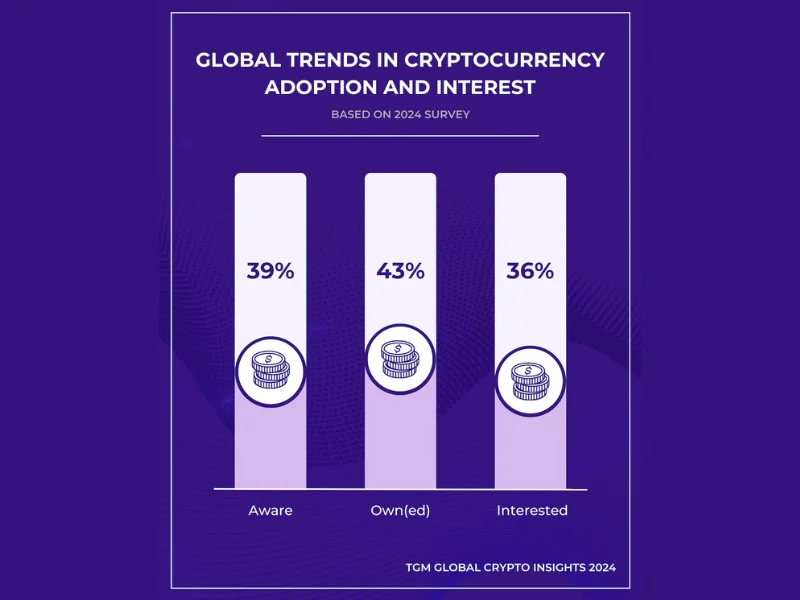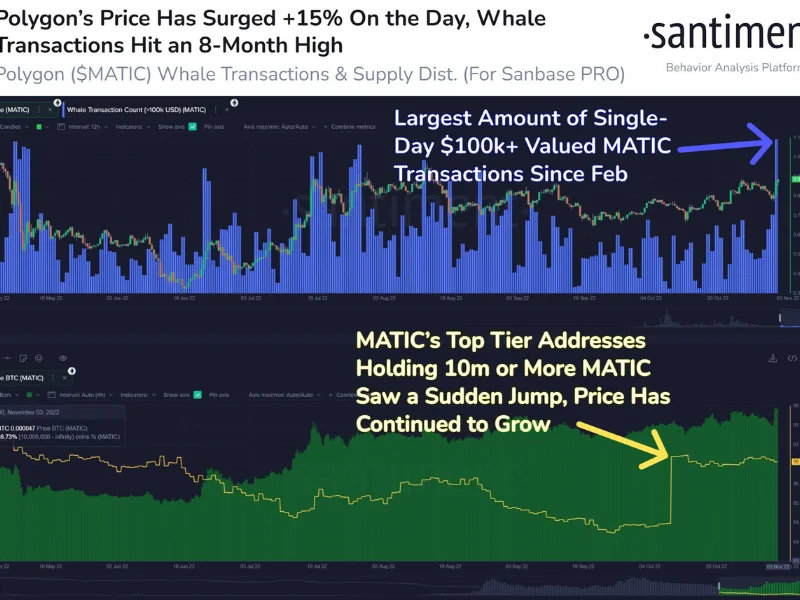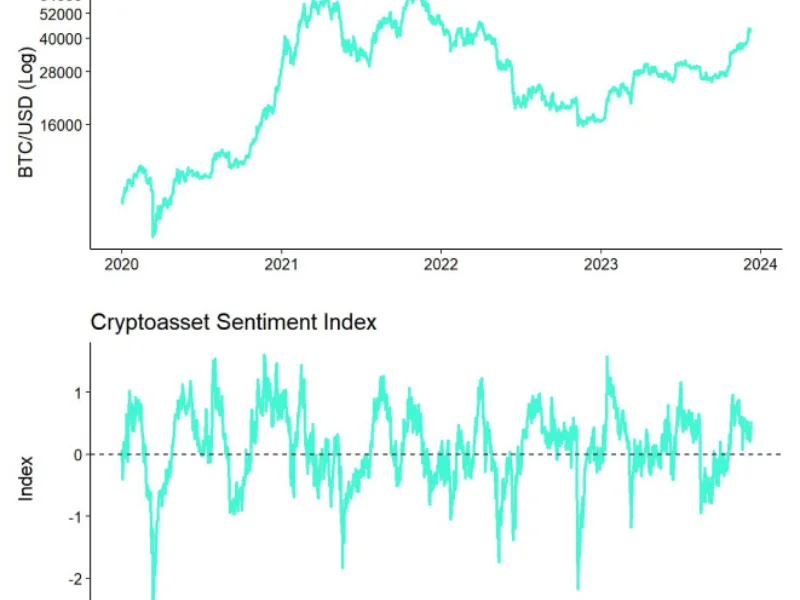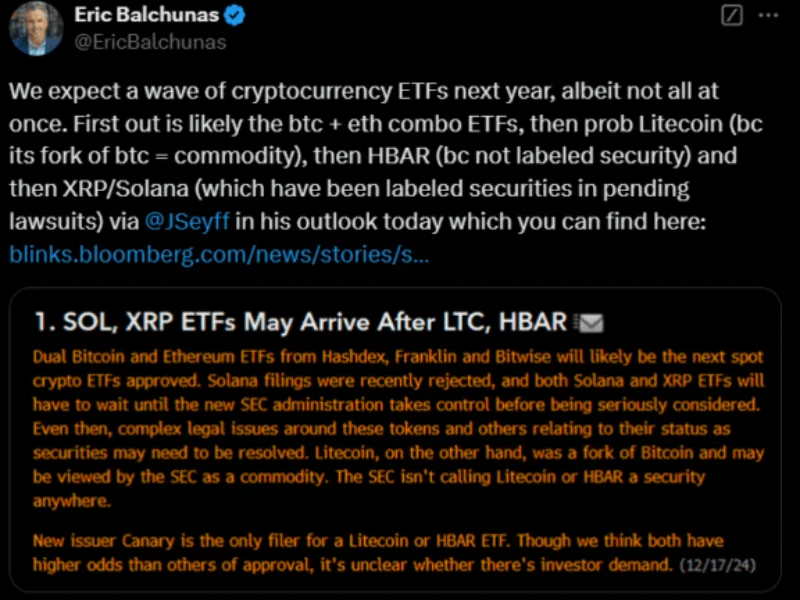1) Introduction
Purpose of the article
This piece gives you a current, data-driven view of how large (“whale”)Crypto Whale transfers ripple through prices, liquidity, and sentiment—plus the tech, regulation, and adoption trends that set the backdrop. We’ll weave together latest on-chain signals, market structure metrics, and news so you can recognize early warnings and opportunities, whether you’re trading intraday or allocating for the long haul.
We rely on primary, trusted sources, including CoinDesk, Glassnode, Bloomberg Crypto, CoinGecko, CoinShares, Kaiko, DeFiLlama, Nansen, Santiment, CryptoQuant, Messari, Dune, Reuters, FT, BIS, and IMF. (Citations are placed where the numbers matter most.)
What you’ll learn about Crypto Whale
- Global market pulse: where market cap, BTC/ETH, and flows stand today.
- Why whales matter: how big transfers + liquidity pockets drive short-term moves.
- Tech shifts: Ethereum’s post-EIP-4844 world, Solana performance, and ZK security.
- Rulebook recap: SEC resets, MiCA roll-out, FCA promotions rules.
- Adoption & sentiment: retail vs. institutions, social buzz, and “smart money.”
- On-chain health: exchange reserves, active addresses, and TVL/liquidity.
- What’s next: NFTs’ comeback, DeFi’s evolution, stablecoins & CBDCs.
- Investor playbook: behavior patterns, risk controls, and hedging ideas.


2) Global Market Trends
Current market performance & capitalization
The global crypto market cap is ~$3.88 trillion today. Bitcoin dominance ~56%, with stablecoins near $280–$285B—a crucial liquidity base.
Reading the tape: Over the past two weeks, BTC set fresh highs above $120k, then pulled back on macro jitters and profit-taking as ETF flows flipped mixed and trading volumes surged. Weekly digital-asset ETP outflows hit $1.43B last week (largest since March) while the prior week saw $3.75B of inflows—a whipsaw that underscores how policy expectations and rates path are steering risk appetite.
DeFi liquidity: Total value locked (TVL) sits around $120B–$125B, rebuilding after Q1 softness; watch how TVL tracks risk-on phases and L2 fee drops. Kaiko Research
Institutional involvement & macro influence
The institutional bid remains pivotal. CoinShares’ weekly flow reports show sharp swings (record inflows mid-August, then outflows)—mirroring debate over the Fed’s cuts timeline and growth signals.
On the corporate side, MicroStrategy (now “Strategy”, ticker MSTR) continued adding BTC in 2025; Reuters reported the rebrand and large increases in holdings, while CoinDesk tracked July–August purchases pushing holdings toward ~629k BTC. These headline treasury buys can prime momentum and tighten available float, especially when order books are thin.
Takeaway: When ETP/ETF flows and corporate treasuries align with rate-cut expectations, whales often front-run the move, pushing prices into areas where liquidity is shallow—amplifying swings both ways.
3) Technological Developments and Innovations
Blockchain advancements
Ethereum’s Dencun/EIP-4844 (proto-danksharding) permanently changed the cost curve for L2s by introducing cheap “blob” space for data—boosting throughput and lowering fees. Academic and industry analyses confirm a shift of data posting to blobs and material L2 cost relief.
Solana continues to chase performance and client diversity (e.g., Firedancer progress), aiming to harden against congestion while sustaining high TPS—one reason its DeFi and NFT ecosystems have recovered. Messari’s latest “State of Solana” highlights on-chain RWA traction—part of a broader “finance on high-throughput rails” narrative.
On-chain activity, however, doesn’t always rise with price. Glassnode recently called out an “on-chain ghost town” dynamic: price at cycle highs while activity lags—classic late-cycle divergence that makes whale moves and liquidity pockets more impactful.
Security enhancements (ZKPs & beyond)
Zero-knowledge tech (Polygon zkEVM, Stark-based systems) continues to expand private verification and L2 scaling. Meanwhile, DeFi risk tooling and reporting improved, with DeFiLlama tracking protocol TVL and hacks trends to benchmark security posture across ecosystems. Pair that with Crypto Whale CryptoQuant’s exchange-reserve and flow analytics to spot sell-pressure spikes and post-hack liquidity impacts at venues. Kaiko Research
Smart contracts & dApps
dApps are the industry’s growth engine—especially DeFi, RWAs, and gaming. Messari’s research catalogs protocol fundamentals and fundraisers, while Dune dashboards offer public transparency on L2 adoption, blob usage, and app-level metrics. If you want to see scaling in one picture: >85% of Ethereum ecosystem transactions now occur on L2s, per Dune’s latest deep dive.
4) Regulatory and Legal Landscape
Where policy stands now
- United States (SEC/CFTC): In 2025 the SEC dismissed its civil cases against Coinbase and Binance, marking a significant policy pivot; the Coinbase dismissal is noted in the SEC’s own press release. The Binance dismissal followed in May. Markets read this as a regulatory thaw, even as other agencies remain active.
- Europe (MiCA): Europe’s MiCA regime continues phasing in; ESMA/EBA are finalizing technical standards, and recent EU analysis underscores strict stablecoin criteria and issuer oversight.
- United Kingdom (FCA): The FCA’s Crypto Whale financial promotion rules (and follow-up guidance) remain in effect, forcing clearer risk warnings and marketing standards for any firm targeting UK consumers.
Legal cases & precedents
Beyond the SEC resets, national regulators continue targeted actions—e.g., AUSTRAC ordered an AML audit of Binance’s Australian unit in August, showing that oversight remains fragmented but active.
Bottom line: The U.S. is shifting toward rule-making over enforcement-by-litigation, MiCA is giving Europe a common rulebook, and the UK is pushing marketing standards—together shaping where liquidity and institutional capital feel most comfortable.
5) Adoption and Market Sentiment
Retail and institutional adoption
Retail flows wax and wane with fees, narratives, and UX (L2s, cheap swaps, and friendlier wallets). Institutions increasingly express exposure via spot ETFs/ETPs and treasury strategies, with CoinShares tracking weekly fund flows (and record AuM mid-August), and corporate balance-sheet buyers still in play.
Social media & influencers
Sentiment can turn on a dime. Santiment’s Social Dominance and Whale Transaction Count metrics quantify when a coin’s chatter (and large transfers) reaches extremes—often a contrarian tell. Watch for spikes in whale transfers (>$100k or >$1M) plus social dominance surges as an early warning before volatility.
Pro tip: Marry on-chain whale spikes with ETF flow prints and order-book depth to separate real demand from influencer-driven head-fakes.
6) On-Chain and Market Microstructure
Tracking on-chain activity
Key gauges include active addresses, transaction volumes, realized profits, and exchange reserves. CryptoQuant’s recent notes flag a “bullish cooldown” after ATHs, with demand slowing and profit-taking up—conditions where whale sells cut deeper. Pair that with Glassnode’s divergence between price and activity, and you get a setup where liquidity placement matters more than ever.
Liquidity & market movements
Kaiko shows market depth (1–2% spreads) at cycle-highs on leading pairs, especially stablecoin venues (USDC deepening), but concentration on a few exchanges remains a structural risk. When whales hit the book, slippage depends on where depth sits at that moment—and whether maker inventory is topped up.
Translation: A single whale transfer rarely moves price by itself. The impact comes when big size meets thin patches, or when ETP flows, macro headlines, and order-book gaps coincide.
7) Emerging Trends & the Road Ahead
NFTs—comeback mechanics
After a bruising 2024, NFT caps and volumes rebounded this summer (notably CryptoPunks and Penguins), reminding us that market cycles revive blue-chips first. The focus is shifting toward gaming + IP tie-ins and enterprise use-cases rather than pure speculation.
DeFi’s continued evolution
Top DeFi platforms (e.g., Aave, Uniswap) are benefiting from L2 fee compression and safer design patterns, while TVL rebuilds across chains. Use DeFiLlama to watch which ecosystems gain sticky liquidity and how RWAs and points-driven programs attract flows. Kaiko Research
Stablecoins and CBDCs
Stablecoins are now core market plumbing—a $280B+ base that lubricates liquidity and ETFs’ hedging. Meanwhile, the BIS 2025 survey finds 9 in 10 central banks exploring CBDCs, with pilots accelerating—an anchor for future Crypto Whale–fiat interoperability debates.
8) Investor Insights & Sentiment Analysis
Behavior patterns to watch
- ETF flow days: outsized creations/redemptions often lead spot volatility.
- Whale transfer spikes: cluster around tops/bottoms as pros rotate or rebalance.
- L2 fee dips (blobs): correlate with DeFi bursts and NFT mint cycles.
- Order-book depth: thicker books dampen slippage; thin patches + news magnify moves.
Risk management (practical)
Messari’s broad theses and risk primers are clear on this: no lender of last resort in Crypto Whale—so position sizing, DCA, hedges (options/perps), venue risk, and stablecoin diversification matter more than narratives.
9) Case Studies
Bitcoin halving cycles
Historically, halvings (2012/2016/2020/2024) tightened miner supply and—after lags—coincided with bull cycles. 2024’s halving again saw macro + ETF flows dominate timing, but miner rewards and sell pressure still matter at the margin. CoinDesk’s ongoing halving coverage captures the setup and market context.
Ethereum’s transition (and after)
Post-Merge Ethereum moved to PoS; EIP-4844 then cut L2 data costs, unlocking sustained activity on Base, Arbitrum, Optimism. Dune’s blob/L2 dashboards visualize the adoption pivot—and why whale moves on L2 now ripple faster into DeFi/NFT cycles.
10) When Global Events Hit Crypto Whale
Macro economics
BTC’s latest run tracked a softer USD and easing-bias expectations, with pullbacks on hawkish repricing; Kaiko links BTC surges to USD softness and deepening stablecoin books, while flows snapped back when Fed paths were questioned.
Geopolitics & policy shocks
Policy headlines (tariffs, sanctions changes, AML actions) redirect liquidity across venues and regions. Reuters’ ongoing coverage of exchange/regulatory flashpoints shows how non-price news can reshape books within hours.
11) Voices from the Industry
- CoinDesk & Bloomberg Crypto Whale routinely surface macro-micro links (ETFs, policy, liquidity).
- Messari aggregates protocol fundamentals and sector theses investors actually use.
- Nansen’s “Smart Money” dashboards highlight whale & fund behaviors—useful for timing entries/exits.
Consensus view: Crypto’s infrastructure and policy scaffolding are sturdier than prior cycles; the new variables are ETF plumbing, L2 scale, and order-book depth—all of which can magnify whale footprints.
12) Conclusion
Key takeaways
- Market cap ~$3.88T with BTC dominance ~56%; liquidity is deeper than 2023–24 but more concentrated across a few venues.
- Whale signals matter most when depth thins or flows flip (ETFs/treasuries), which can turn routine news into outsized moves.
- Tech catalysts (EIP-4844, L2 adoption, Solana throughput) plus clearer rules (SEC dismissals, MiCA) are structural tailwinds—but vigilance on venue risk and compliance actions remains essential.
Call to action
Keep a dashboard of five tabs:
- CoinGecko globals (cap/dominance), 2) CoinShares flows (every Monday), 3) Kaiko depth (weekly chartbooks), 4) Glassnode/CryptoQuant (reserves/realized P&L), 5) Santiment (social/whales). That setup gives you early context around every whale alert.


13) FAQs (10)
1) What is a “whale” and why do they matter?
A whale is a wallet/entity moving very large size (often $100k–$1M+ per transaction). Their transfers can nudge price if order-book depth is thin, or anchor narratives when coordinated with ETF flows/treasury buys. Track with Santiment’s Whale Transaction Count and exchange-reserve changes.
2) How can I tell if a whale move will move price?
Check market depth (1–2% depth on your venue), spread, and recent ETF flow direction. Big prints during low depth hours (weekends/overnights) are more impactful. Kaiko publishes depth metrics across venues.
3) Which daily sources should I watch for “latest available data”?
- Market cap/dominance: CoinGecko globals.
- Flows: CoinShares weekly (Mon), plus ETF trackers.
- On-chain: Glassnode & CryptoQuant.
- Liquidity: Kaiko Data Debrief.
- Sentiment: Santiment dashboards.
4) Did the regulatory climate actually improve in 2025?
In the U.S., yes: the SEC dismissed cases against Coinbase and Binance—a notable shift from 2023–24. Europe is implementing MiCA, and the UK FCA enforces promotions rules—clarity is rising, though enforcement continues in pockets (e.g., AUSTRAC vs Binance AU).
5) What role did Ethereum’s EIP-4844 play in 2025?
It reduced L2 data costs by moving data to blobs, boosting throughput and helping DeFi/NFT activity migrate to L2s. Dune’s blob dashboards and research detail the post-4844 shift.
6) How do stablecoins influence whale behavior?
Stablecoins are the settlement rails of crypto (~$280B+ supply). When USDC/USDT depth increases, whales can move size with less slippage; when redemptions spike, risk assets can wobble as on-ramp liquidity tightens. Kaiko shows stablecoin market depth trends.
7) Are NFTs relevant again, or still too risky?
They’re selectively back: blue-chips led the rebound, gaming/IP use-cases are rising. Treat them as high-beta risk assets; track market-cap and volumes before chasing floors.
8) What on-chain signals warn of near-term pullbacks?
Rising exchange reserves, profit-taking spikes, and social euphoria (high social dominance) often precede dips—especially if ETF flows soften and depth thins.
9) What’s the big picture for CBDCs?
BIS finds 9 in 10 central banks exploring CBDCs; pilots are expanding. Expect gradually clearer interfaces between CBDCs, stablecoins, and public chains—with important implications for compliance rails and liquidity.
10) How should I manage risk around whale-driven swings?
Size positions assuming gap risk; diversify venues and stablecoins; consider hedges (options/perps) around high-vol events; and stick to a DCA/laddered plan instead of all-in/all-out decisions. Messari’s theses and risk work emphasize that self-help risk controls matter in a market with no bailouts.
